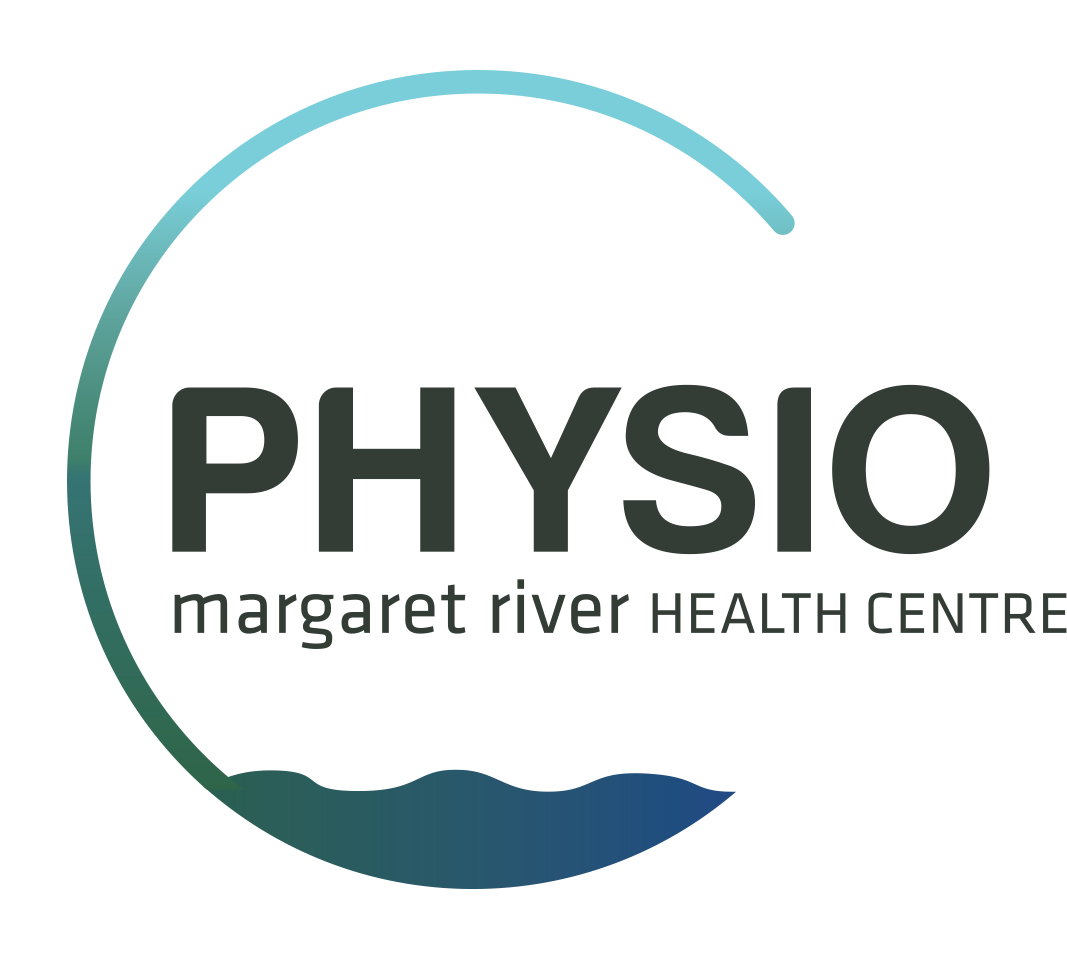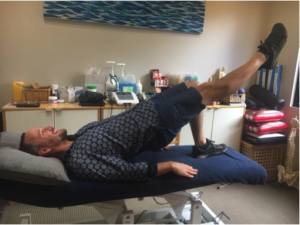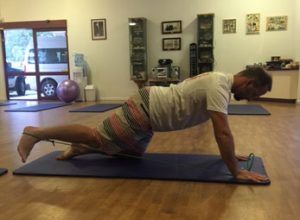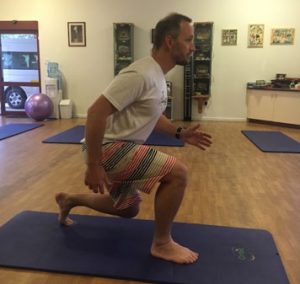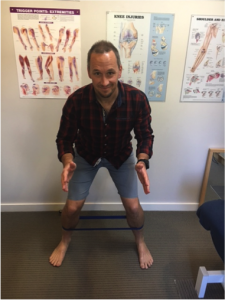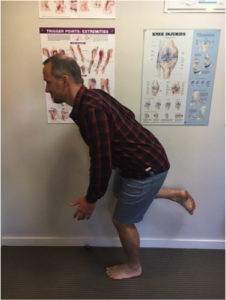Runners Knee Pain
Ready to race means making sure you have the flexibility and the strength to push your body over the 10km road run, or the more adventurous 15km trail run, which if you haven’t done before includes lots of soft stuff underfoot. Soft surface running demands greater strength in your legs otherwise you start to overload structures, causing pain and eventually soft tissue breakdown and injury.
Of all the running injuries I treat, two continue to pop up; knee pain (runners knee) and Achilles tendinopathy. So let’s focus on how I usually work to prevent these injuries and the ingredients to running pain free before race day.
40% of all running injuries are knee injuries. Patellofemoral pain or ‘runners knee’ is the irritation of the cartilage under the patella (knee cap) and normally occurs after long runs, prolonged sitting or descending hills or stairs. People with overpronation (flat feet), weak quads, hips or glutes are the most prone to developing runners knee. So how do we fix it?
The key to fixing runners knee is strength and biomechanics. Firstly, glute strength is vital to help control hip and thigh movement, preventing your knees from turning inward. This in turn prevents the patella grinding away cartilage as you run. To work on glute control:
To keep your knee tracking correctly, we often use Rocktape to rotate the shaft (tibia) or pull the kneecap inwards, but you need to learn how to perform these techniques. Of course there’s also the foam roller to attack your ITB (iliotibial band) to reduce lateral torsion of the kneecap, and strengthening of the VMO (Vastus Medialis Oblique) muscle.
Once you’ve started to improve and have returned to running, it’s important to prevent a relapse. Altering your running technique can help, such as shortening your stride length, which increases your cadence (steps per minute) and landing with a slightly bent knee. So count the number of steps you take per minute, take that figure and increase it by 5 to 10 percent.
Of course all of these tips are good to try but if your pain persists or you need help, always seek the help of a good physio who can assess you properly to make sure you’ve got the complete picture. There may be some other aspects of your technique or body makeup you’re neglecting.
We’ll tackle the Achilles in the next post and also talk about forefoot and minimalist running. Fad or fantastic? Is it worth changing your technique?
